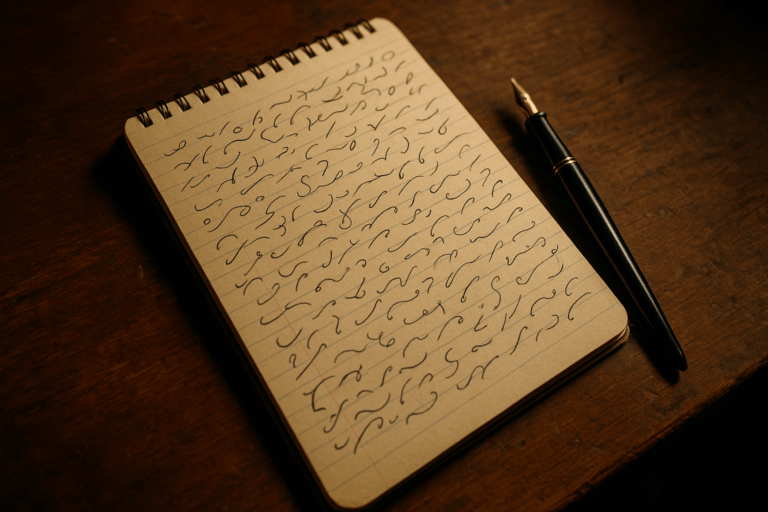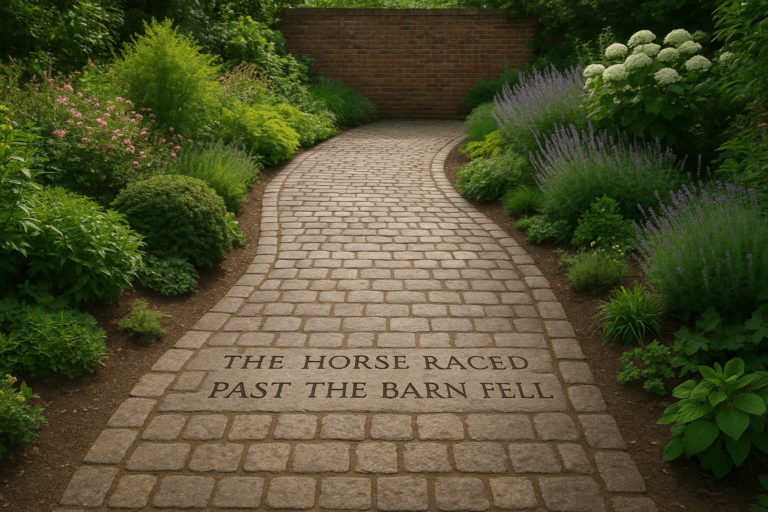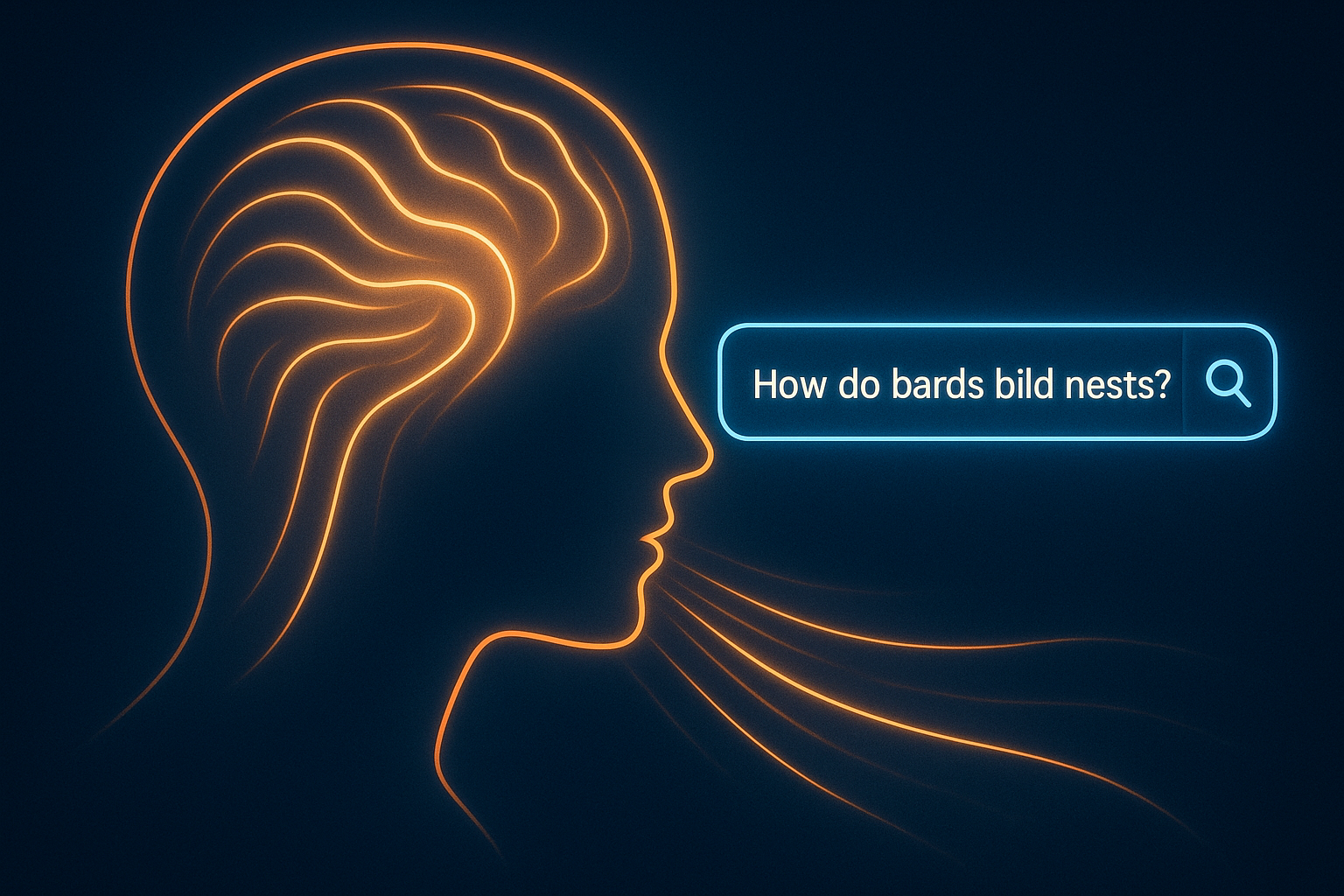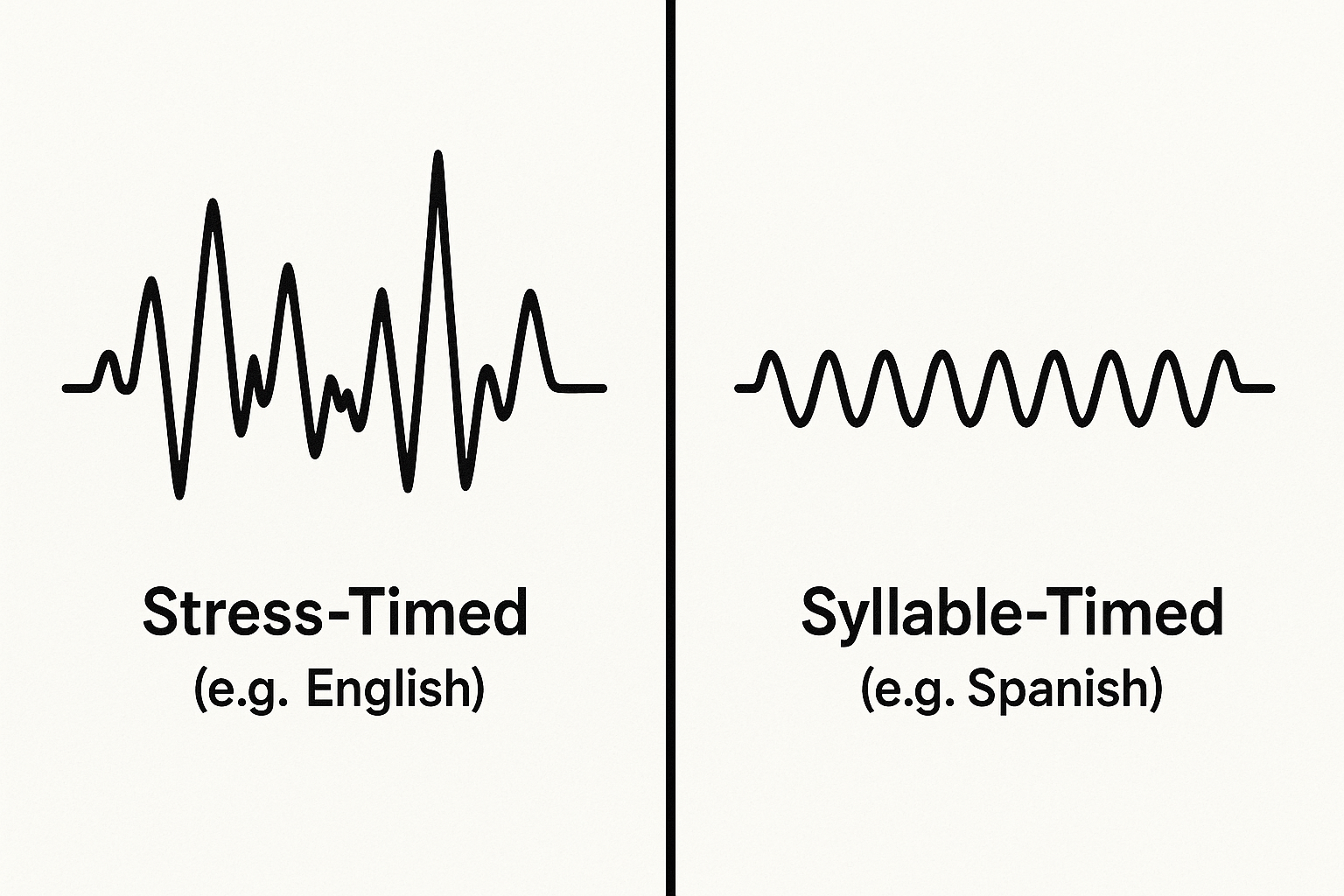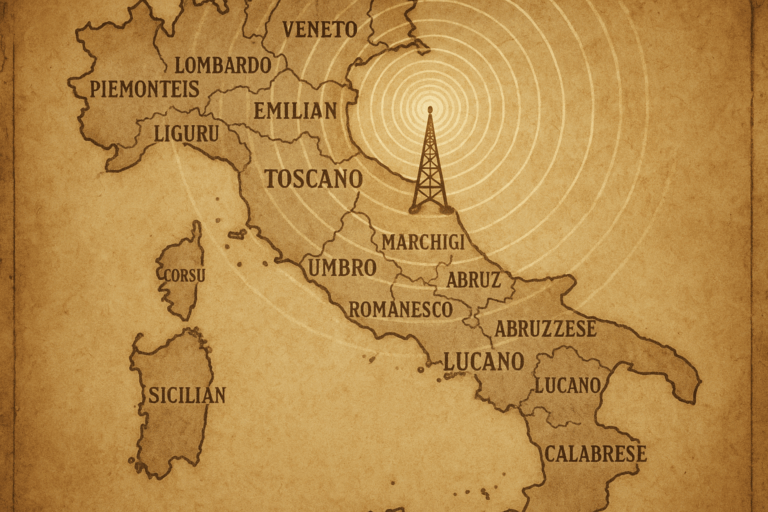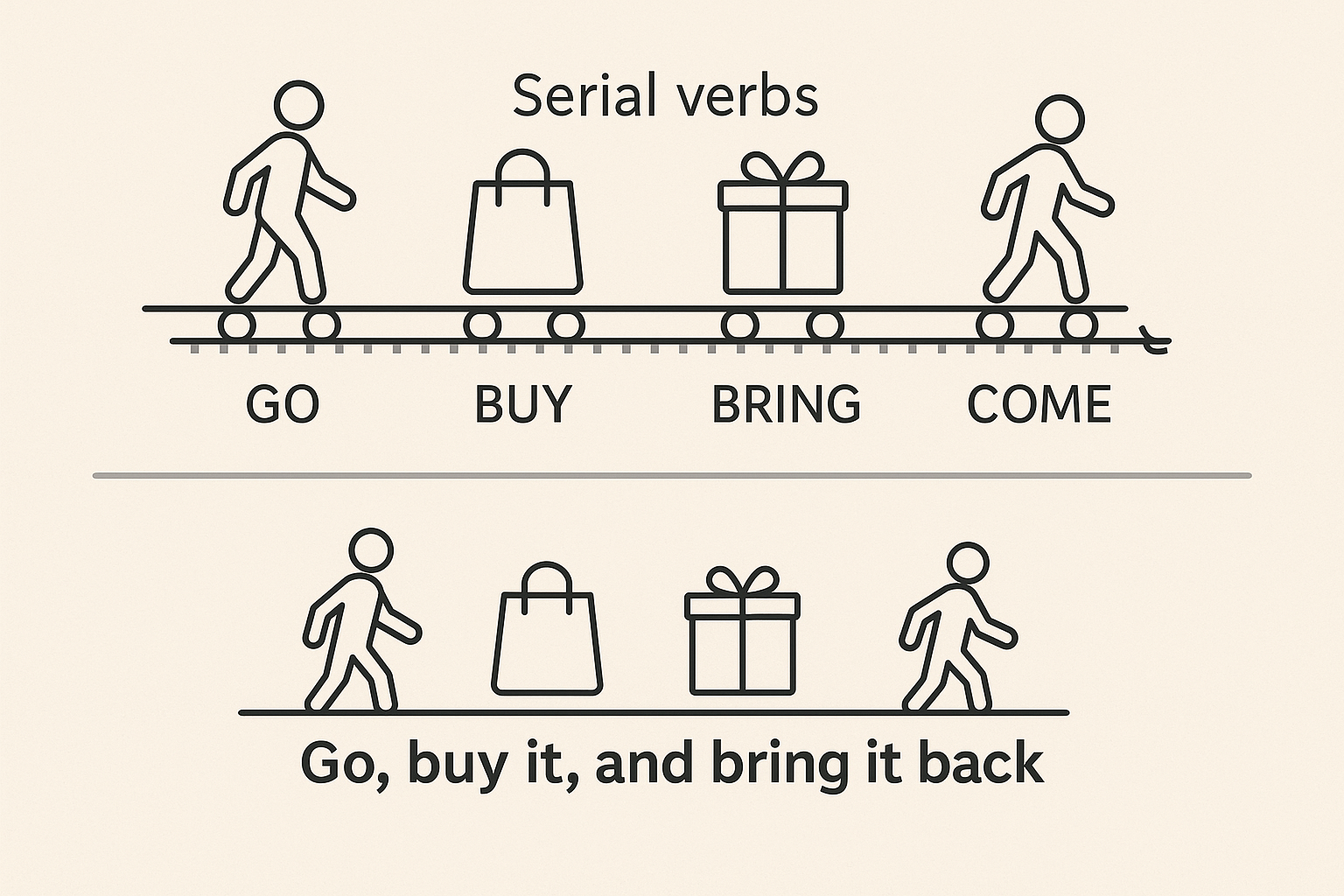Imagine two of our early human ancestors crouched in the tall savanna grass. One spots a flicker of movement and grunts, pointing: “Lion.” It’s a statement. A vital piece of information. The other individual understands. Danger is near. Now, imagine a slightly different scene. The first ancestor sees a broken branch and some tracks. He turns to his companion, his face a mask of uncertainty, and emits a sound with a rising, questioning tone. It’s not a statement of fact, but a request for information: “Lion…?”
That subtle shift—from a declarative grunt to an inquisitive utterance—represents one of the most profound leaps in cognitive and linguistic history. Statements are about what we know. Questions are about what we don’t know, and more importantly, they are about understanding that someone else might hold the missing piece of the puzzle. So, when did we, as a species, make this leap? When did we start asking questions?
The Linguistic Toolkit for Inquiry
Asking a question isn’t as simple as it sounds. Unlike a straightforward statement, an interrogative requires a sophisticated set of linguistic tools. If we deconstruct a question, we find several key components that had to evolve.
1. Intonation: The Oldest Trick in the Book
The most fundamental way to signal a question is through pitch. In a huge number of the world’s languages, including English, a rising intonation at the end of a sentence can turn a statement into a yes/no question.
- Statement: “You have the spear.” (Falling intonation)
- Question: “You have the spear?” (Rising intonation)
This is likely the most ancient form of questioning. It requires no special words or complex grammar (syntax). It’s a tool so basic that we can often detect a questioning tone in animals, even if they aren’t forming a “question” in the human sense. For early humans, a questioning grunt or call could have been the first step—a way to express uncertainty and request confirmation.
2. Syntax: Shuffling the Words
The next level of complexity involves changing the word order. Many languages, particularly in the Indo-European family, use inversion to form questions. The verb, or an auxiliary verb, moves to the front of the sentence.
- Statement: “He is building a fire.”
- Question: “Is he building a fire?”
This is a significant cognitive step up. It shows that language is no longer just a string of words but a system with rules and moveable parts. The speaker must understand the grammatical roles of different words (subject, verb) to manipulate them correctly. This grammatical machinery allows for more precise and unambiguous questions than intonation alone.
3. Question Words: The “Wh-” Revolution
The most advanced tool in the interrogative toolkit is the set of question words—in English, these are the famous “Wh-words”: who, what, where, when, why, and their cousin, how. These words, known as interrogative pronouns or adverbs, opened up a universe of inquiry far beyond simple yes/no confirmations.
These words require highly abstract thinking:
- Who/What: Seek information about agents and objects.
- Where: Deals with spatial awareness and location.
- When: Requires a concept of time—past, present, and future.
- Why: This is perhaps the most cognitively demanding of all. To ask “why” is to seek motivation, cause, and reason. It implies a belief that events don’t just happen randomly but have explanations.
The emergence of “why” is a landmark in human consciousness. It is the root of all science, philosophy, and storytelling.
The Cognitive Leap: From Knowing to Asking
The linguistic tools couldn’t have evolved in a vacuum. They arose because of, and in tandem with, crucial cognitive developments.
The first prerequisite is a sophisticated Theory of Mind—the understanding that other individuals have their own minds, beliefs, desires, and knowledge that differ from one’s own. You don’t ask, “Where is the water source?” unless you believe that someone else might know the answer, even if you don’t. While other primates show rudimentary forms of this, the human ability to model the mental states of others is unparalleled.
The second prerequisite is cooperation. Asking a question is an inherently social and cooperative act. It initiates an exchange for mutual benefit. If I ask where the berries are and you tell me, we might both eat. This collaborative information-sharing was a key survival advantage for early human groups, allowing them to coordinate hunts, locate resources, and teach skills more effectively.
Pinpointing a Moment in Deep Time
So, when did this all come together? Since spoken language doesn’t fossilize, we have to look for proxy evidence in the archaeological record.
Early Stirrings (Homo erectus / Homo heidelbergensis): The creation of complex Acheulean hand-axes, starting around 1.7 million years ago, required planning and likely some form of teaching. It’s plausible that simple, intonation-based questions like “This stone?” or “Like this?” were part of the process. Coordinated big-game hunting, practiced by species like Homo heidelbergensis, would have been nearly impossible without the ability to ask questions like “Where did it go?” or “Who is ready?”.
The Tipping Point (Homo sapiens): The strongest evidence aligns with the emergence of our own species, Homo sapiens, around 300,000 years ago. The real explosion in complex behavior occurs from about 100,000 years ago onwards. We see evidence of:
- Long-distance trade: Getting obsidian from a source hundreds of kilometers away requires asking, “Where do we find it?” and “Who has it?”.
- Symbolic art and burial: Cave paintings, beads, and intentional burials with grave goods imply a mind grappling with abstract thought. If you are creating symbols and engaging in rituals, you are almost certainly capable of asking “What does this mean?” and “Why do we do this?”.
The cognitive capacity for asking “why” seems to be firmly in place by the time humans began creating symbolic culture. It was this curiosity, this drive to understand the world, that fueled these cultural innovations.
The Unending Question
The first time one of our ancestors turned to another and, through a combination of tone, gesture, and sound, successfully asked for information they lacked, the world changed forever. It marked the birth of curiosity, the engine of collective learning that allowed humanity to build everything from a better hand-axe to a spaceship.
While we can’t know the exact moment or the precise words used, we can be certain that the act of asking a question is fundamental to who we are. It is the gap between a statement and a question where all human progress resides.

